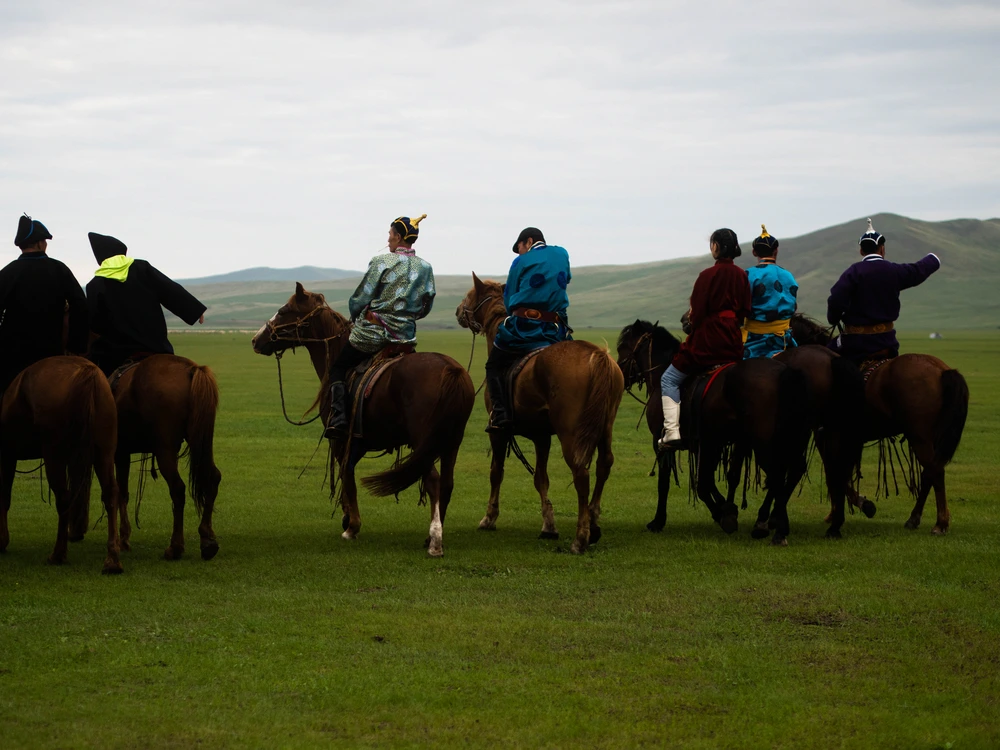40.8173° N, 111.7652° E
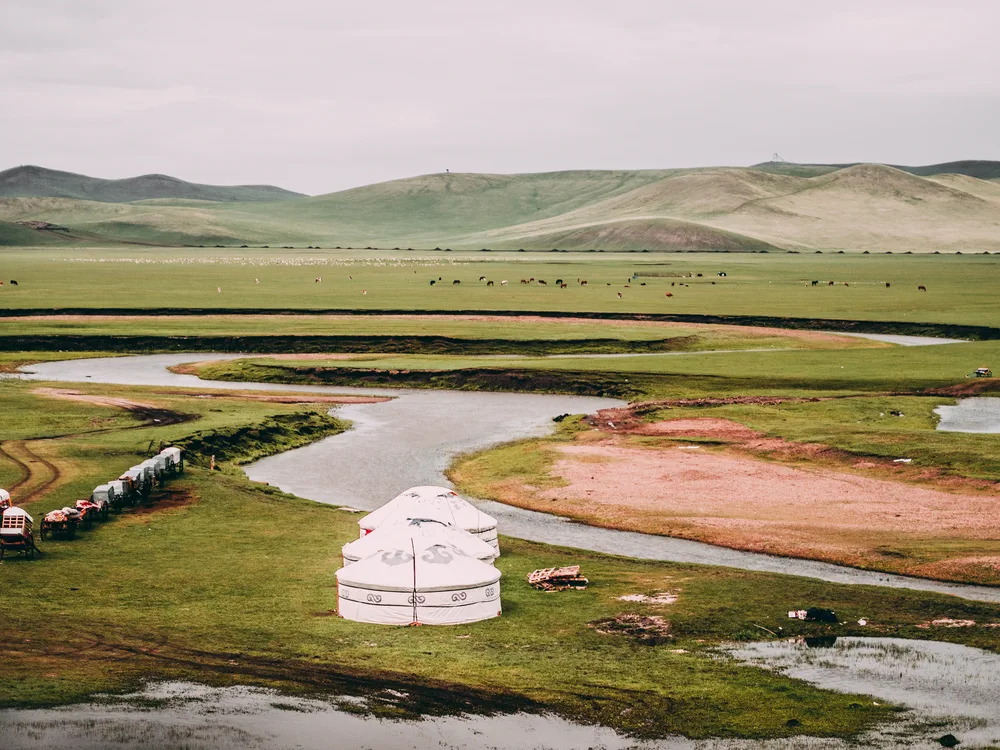
Technically some of this region is called Inner Mongolia, but it’s culture and landmass are spanning across the countries of China and Mongolia. It’s history is complex, but the people and landscape are stunning.
I got the chance to photograph a Mongolian wedding in 2019 when I hitchhiked around the area and got invited into one of their traditional huts by the guy on the cover photo – among the many adventures I had.
Only four weeks per year, this region turns green. During this brief period, the people celebrate, and the horses feast on the abundant grass before winter sets in, turning the land to its characteristic golden hue.
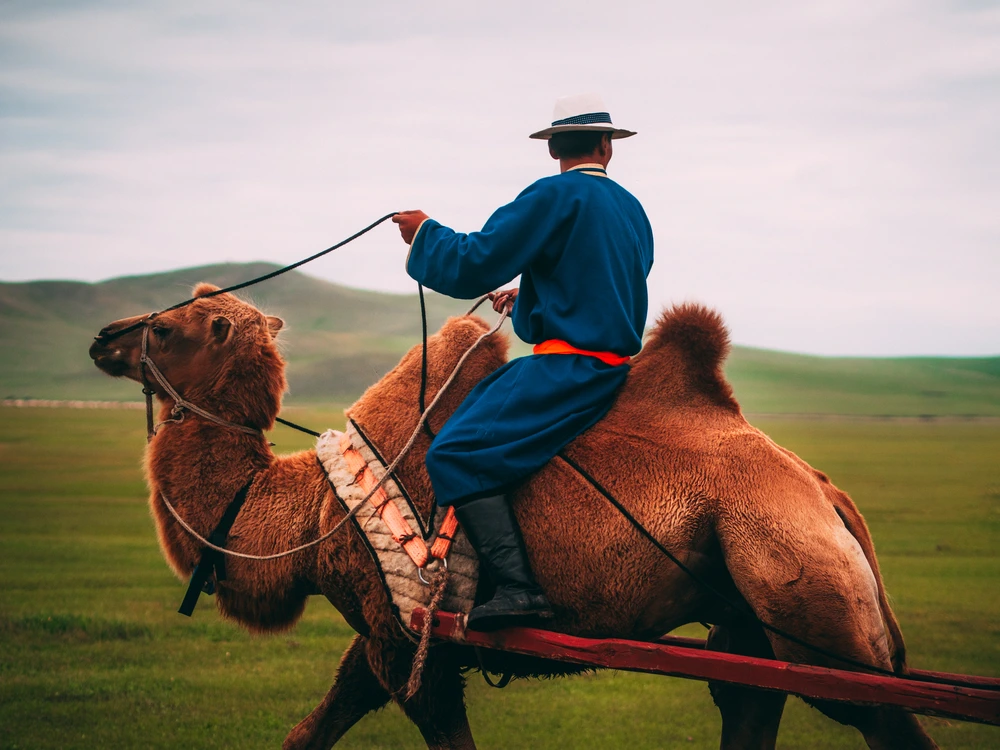
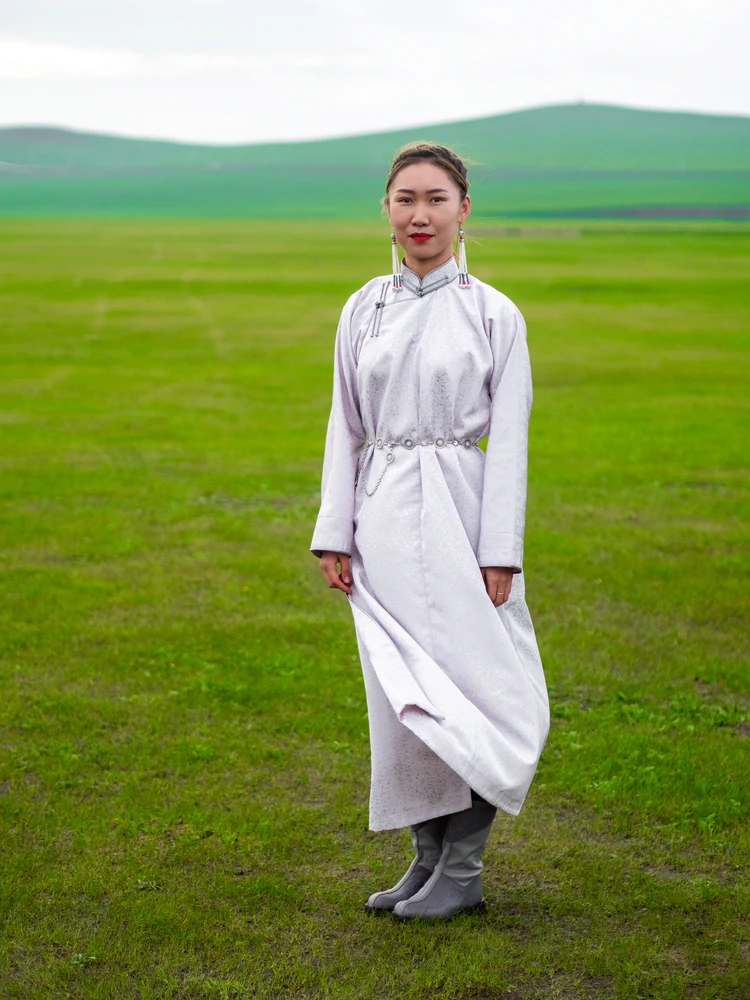
A Mongolian Wedding
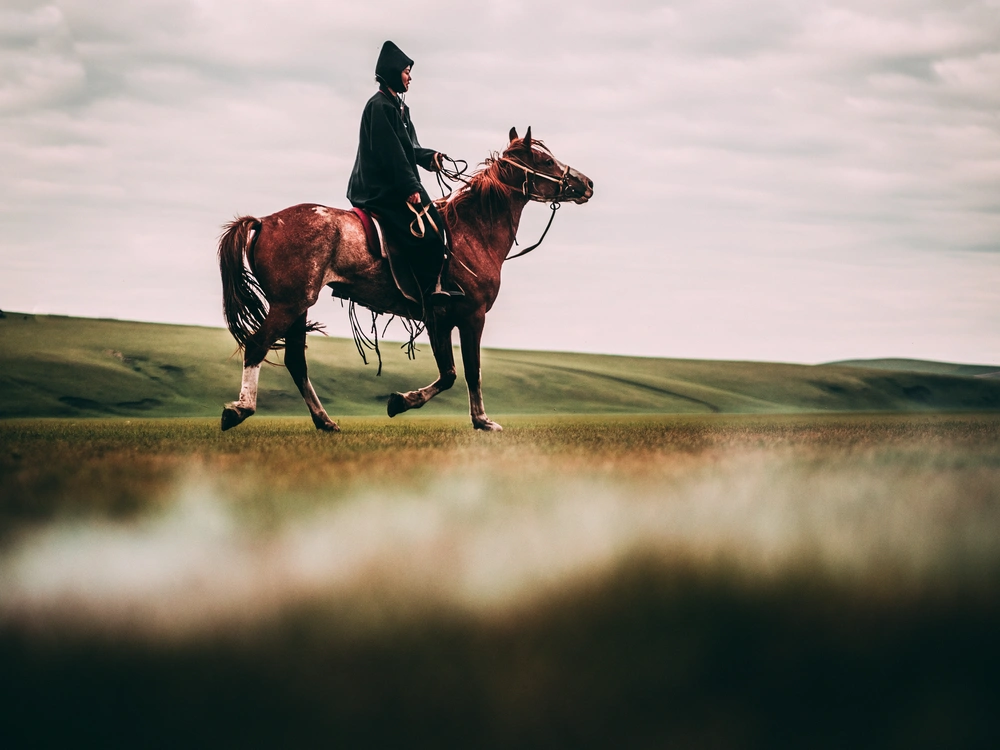
Mongolian rider on horse
Mongolian wedding
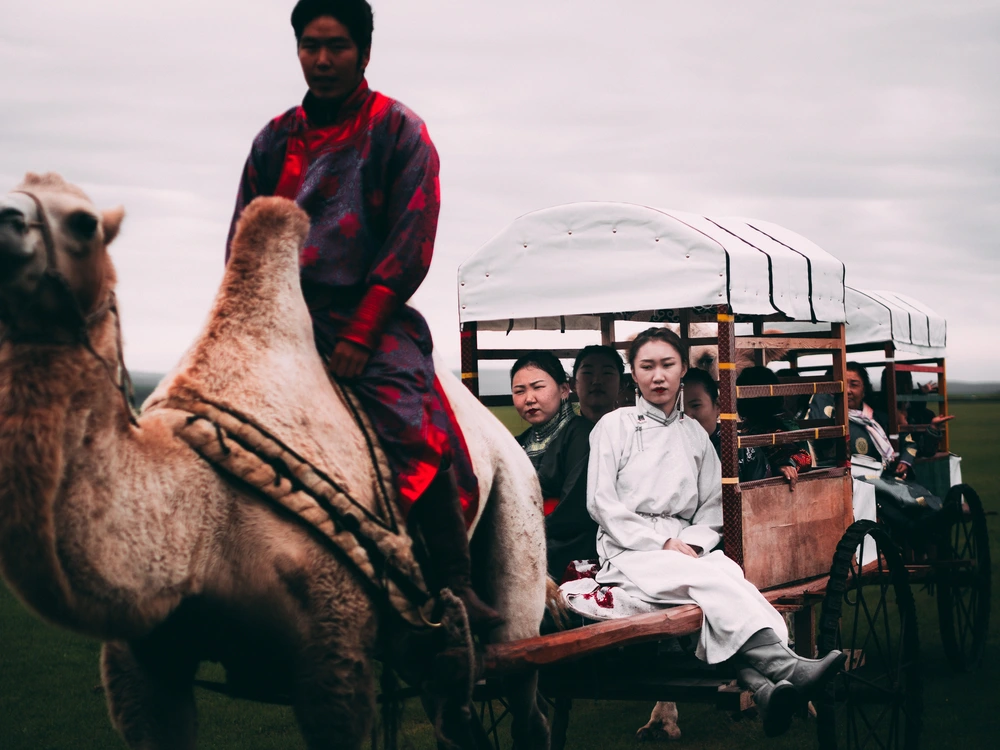
Mongolian weddings are not just ceremonies—they are community gatherings, displays of tradition, and a mark of social bonds that have existed for centuries.
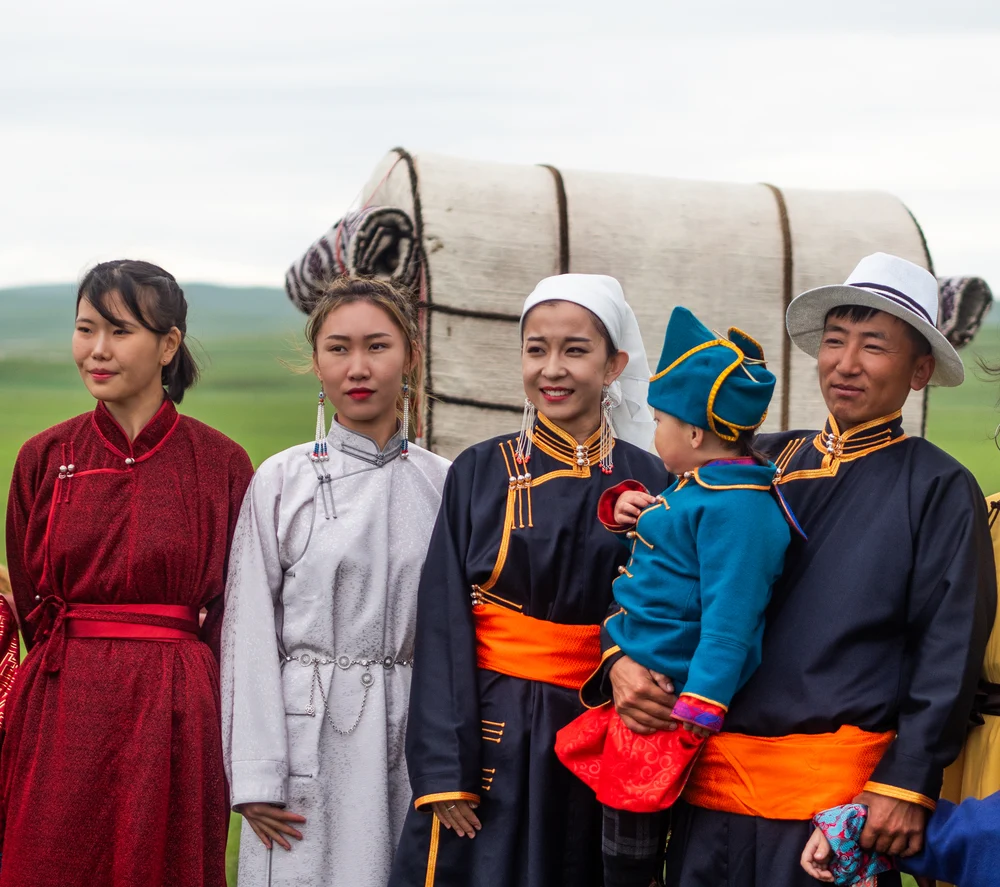
Mongolian wedding
Mongolian wedding
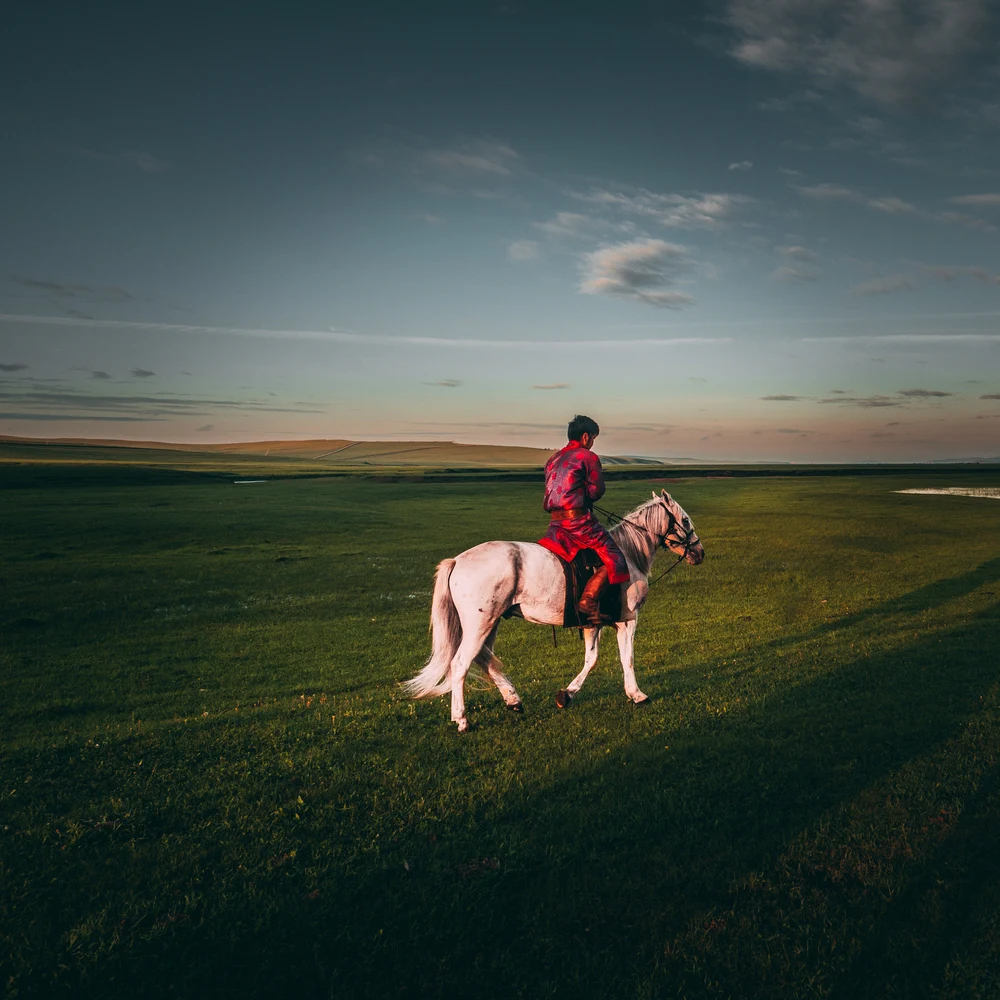
When I arrived at the wedding camp, I was instantly embraced by the atmosphere. Families, dressed in brightly embroidered deels, gathered inside traditional yurts, where bowls of airag (fermented mare’s milk) and plates of steaming meat dumplings were served endlessly.
The groom, dressed in a deep blue deel with golden embroidery, arrived on horseback, surrounded by other riders in matching outfits. The horses reared, dust flew, and the wedding procession began with throat singing, chants, and cheers. The bride, adorned with intricate jewelry and an elaborate headdress, waited inside the family yurt, where rituals would unite the two families.
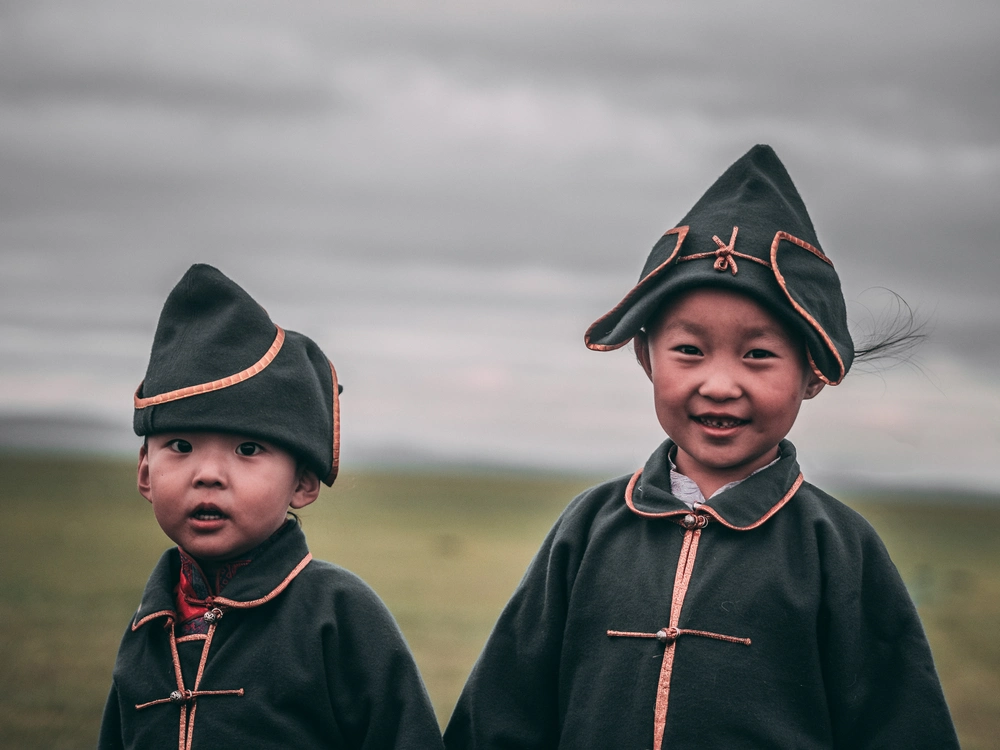
Inside the tent, elders murmured blessings over the couple while guests exchanged gifts of food, livestock, and money. The celebrations lasted well into the night, marked by drinking, dancing, and storytelling.
In Mongolia, a wedding is not just a union of two people—it’s a reaffirmation of the community itself.
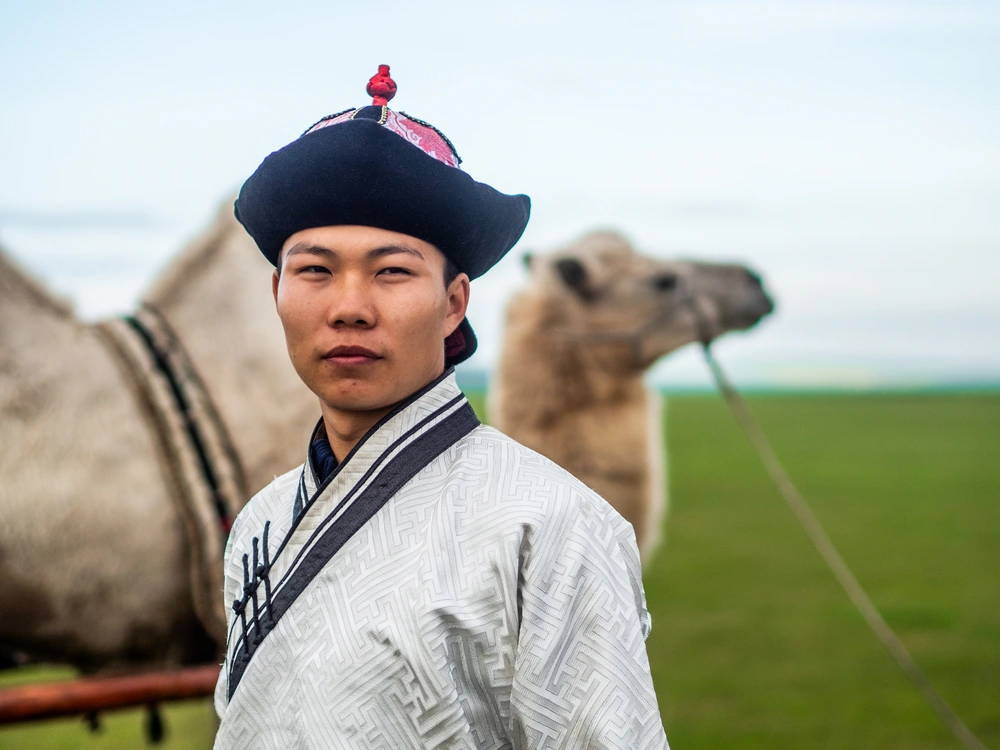
Male Mongolian singer
Female Mongolian singer
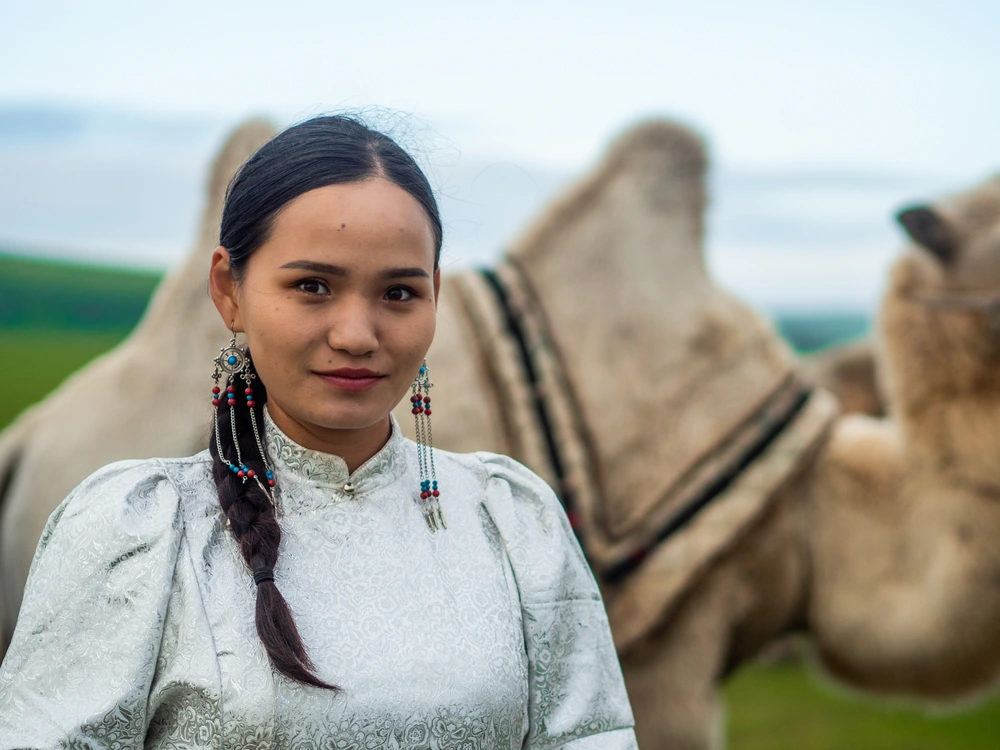
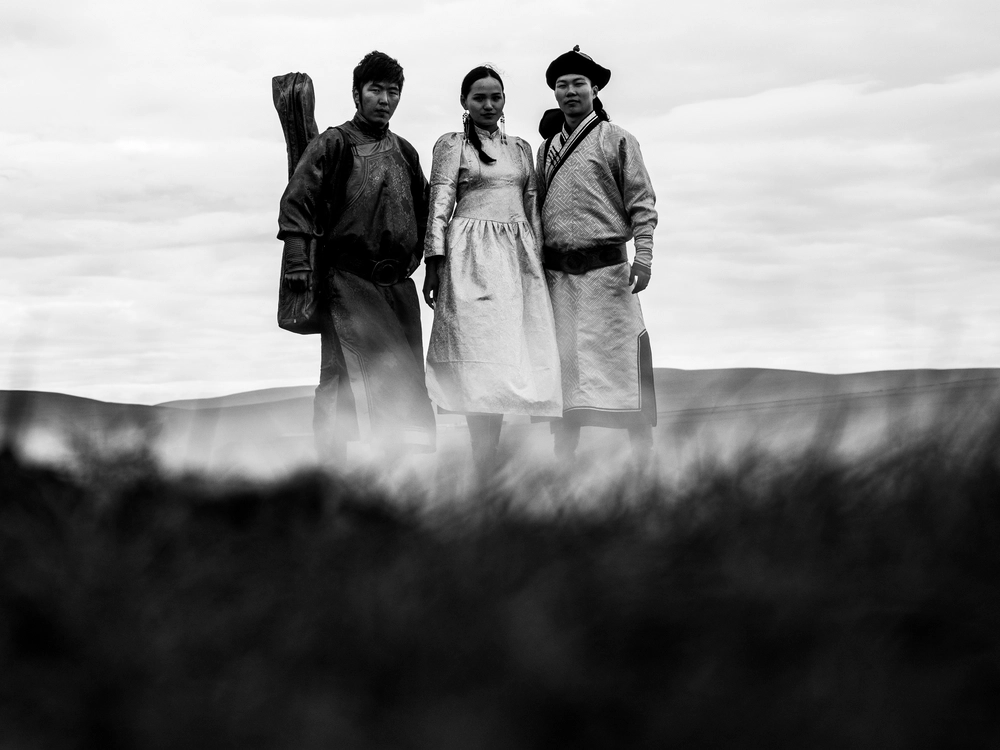
Mongolian band
The Steppes in Their Shortest Season
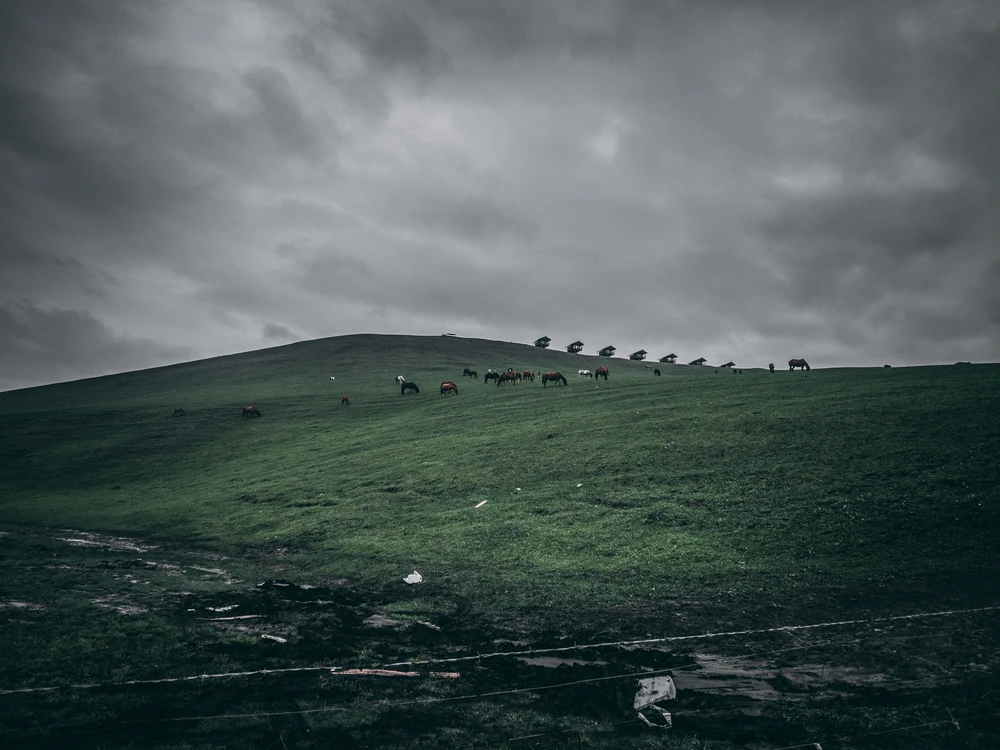
Mongolian horses grazing
Getting the camels ready
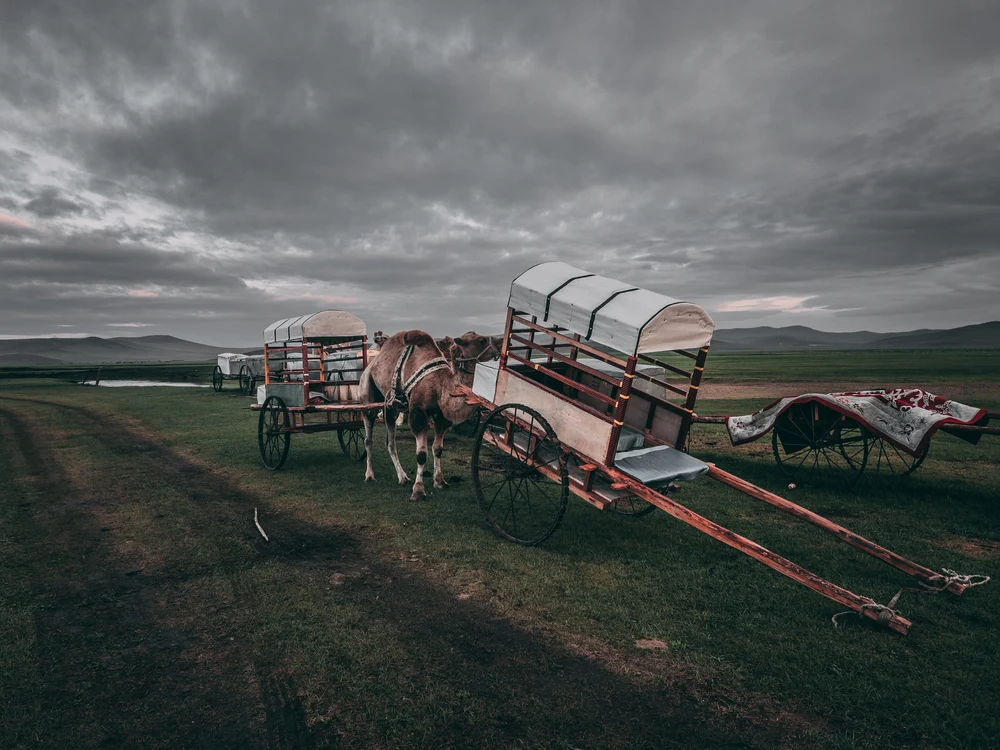
For only four weeks a year, the land turns green. Horses run freely, herders smile, and there’s a sense of ease.
This is the time of plenty. Families move their yurts to new pastures, horses drink their fill, and the sky feels limitless.
I sat with a man who told me:
“We only have one month like this. Then, the land turns yellow again, and we must prepare for the cold.”
Historically, even during the green weeks, you can sense the urgency. Meat is dried, fermented dairy is stored, and newborn livestock are fattened before winter comes to test them all.
The children, though, don’t worry about what’s ahead. I watched them ride bareback on young horses, racing each other, their laughter carried by the wind.
This short season is a celebration, but also a reminder—everything will soon change.
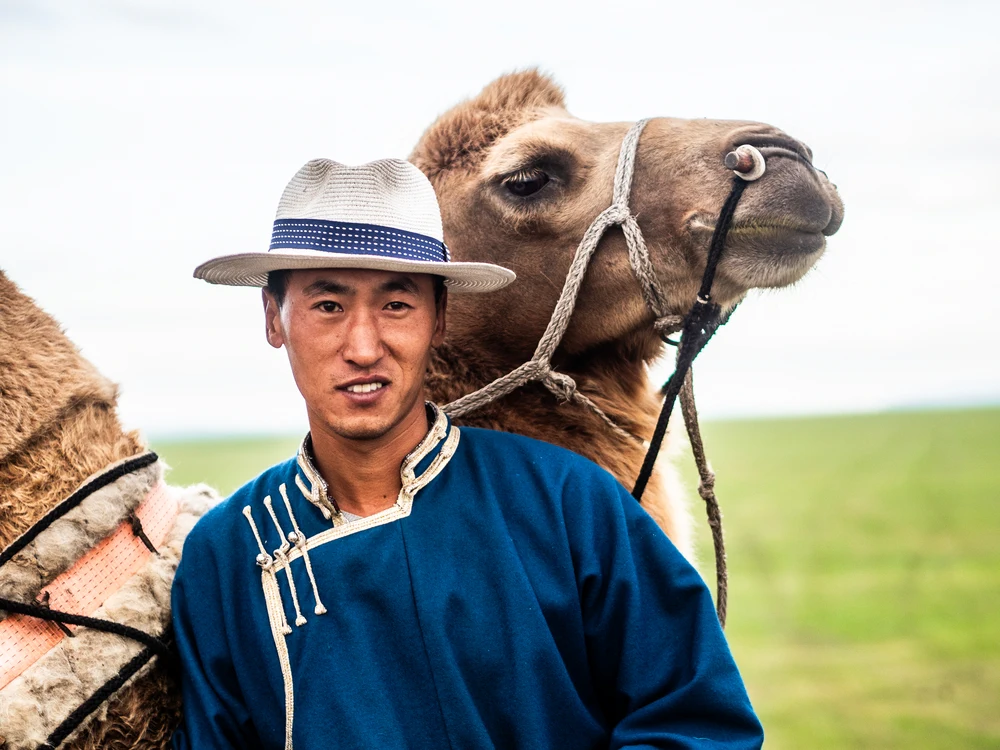
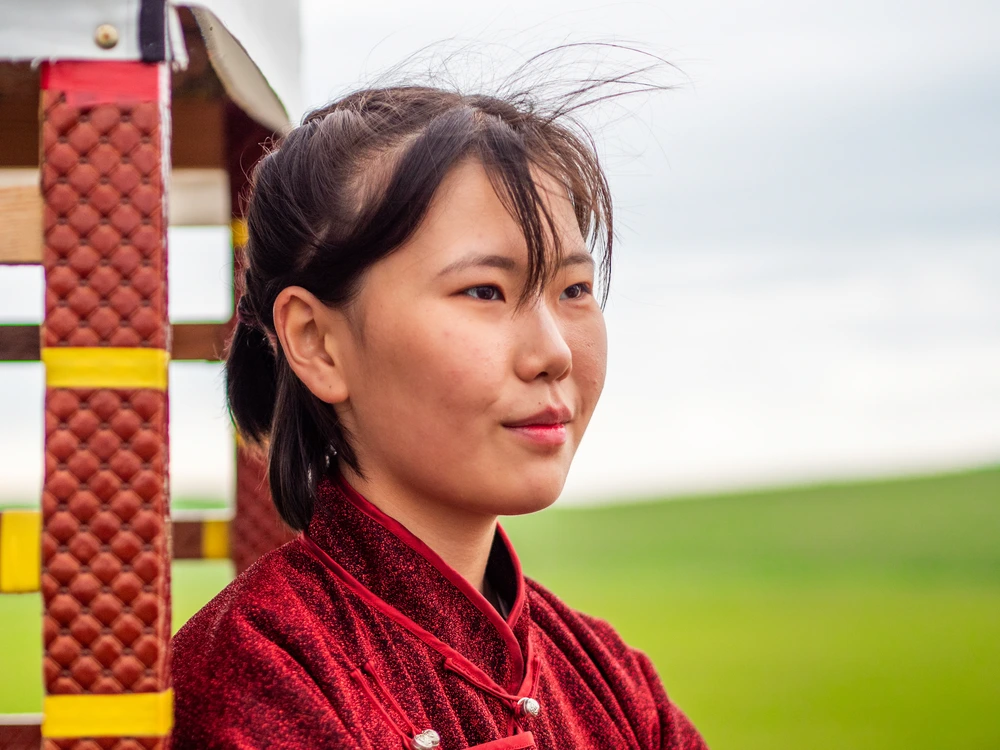
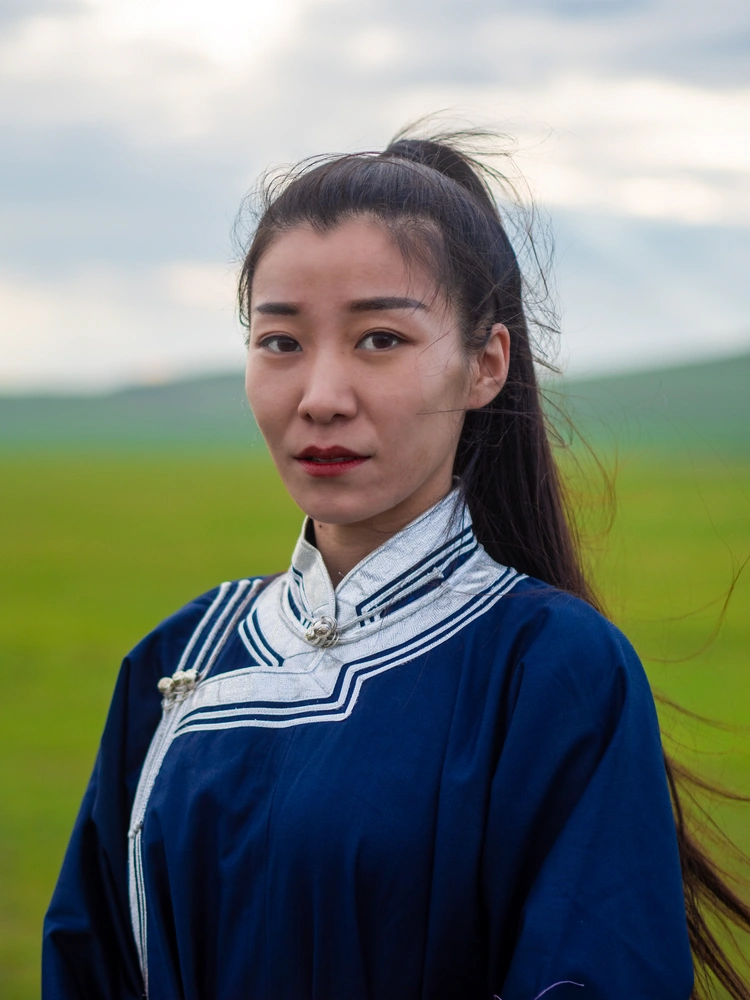
Mongolian woman
Mongolian woman with horse
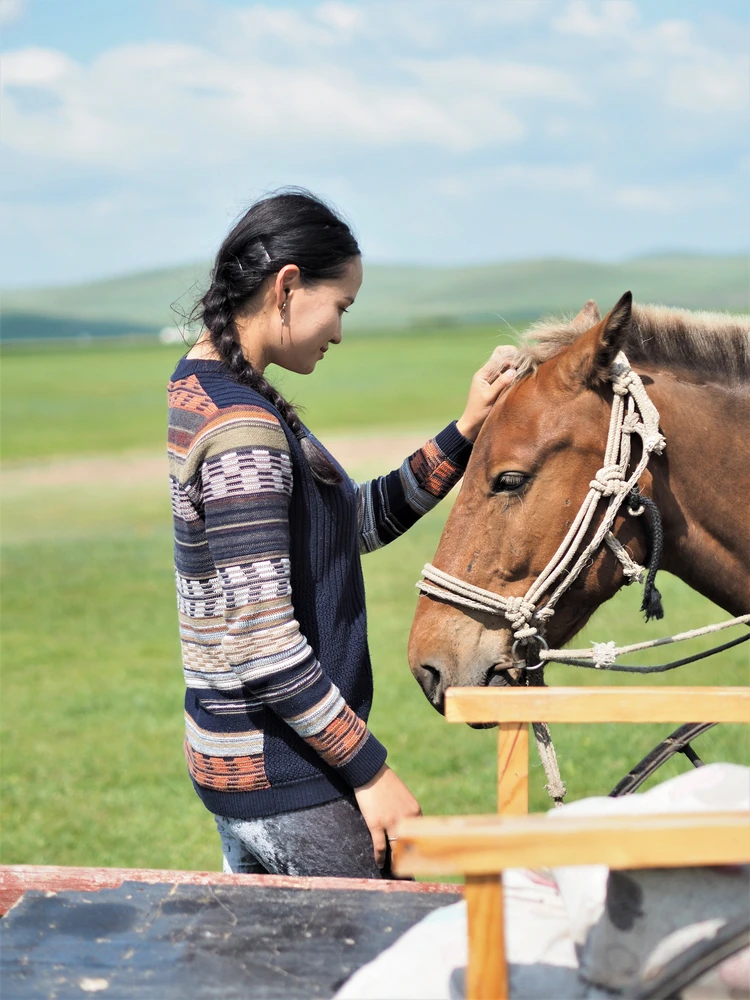
The Return of the Yellow Steppe: Migration
By mid-September, the green fades. The wind grows sharper. Horses begin to move slower, knowing the cold is coming. The golden plains stretch endlessly, a landscape both beautiful and unforgiving.
The nomads begin their migration—not across borders, but across seasonal pastures. Yurts are disassembled, strapped to wooden carts pulled by camels, and the families begin their slow, rhythmic journey.
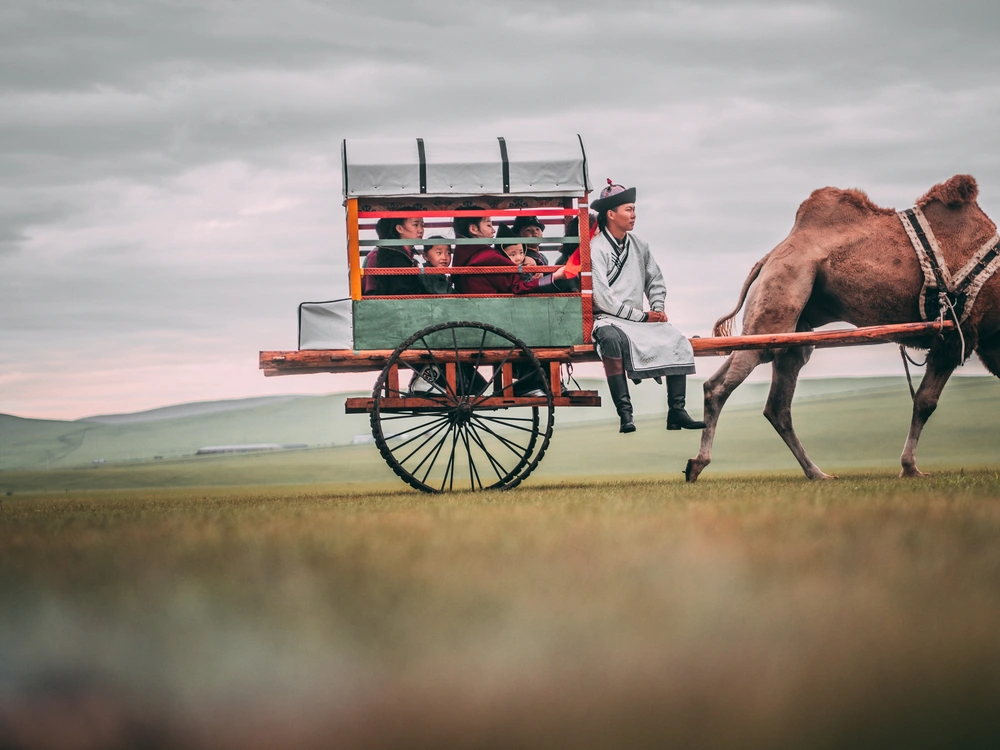
Mongolian migration
Getting the camels ready
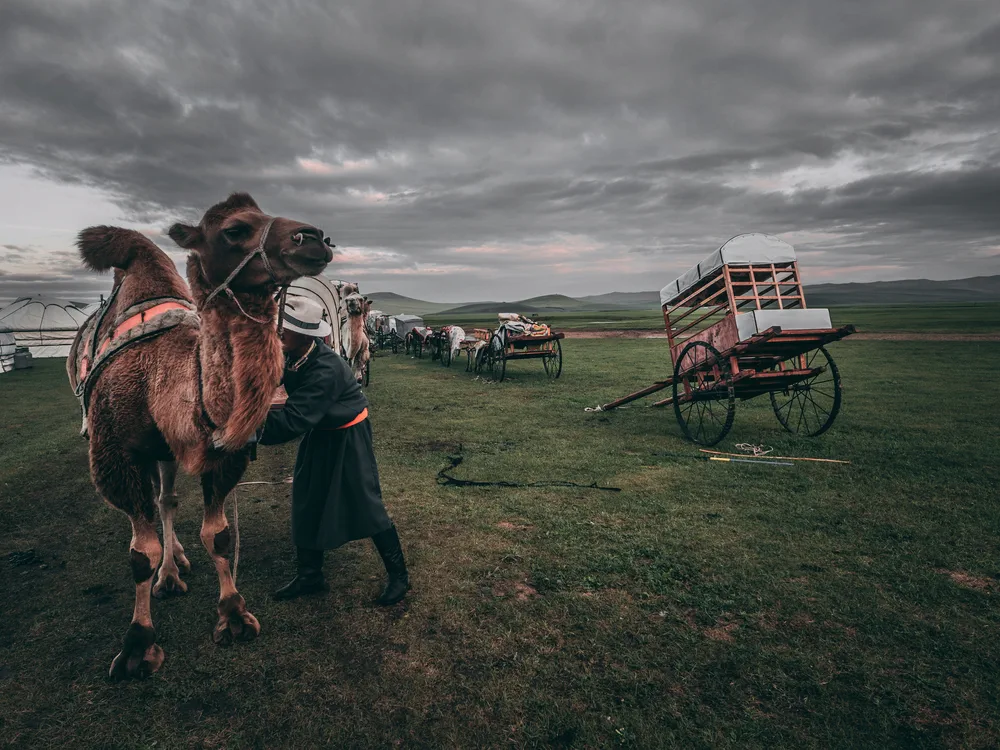
Historically, for these people, movement is survival. They have done this for centuries, and they will continue for as long as the land allows.
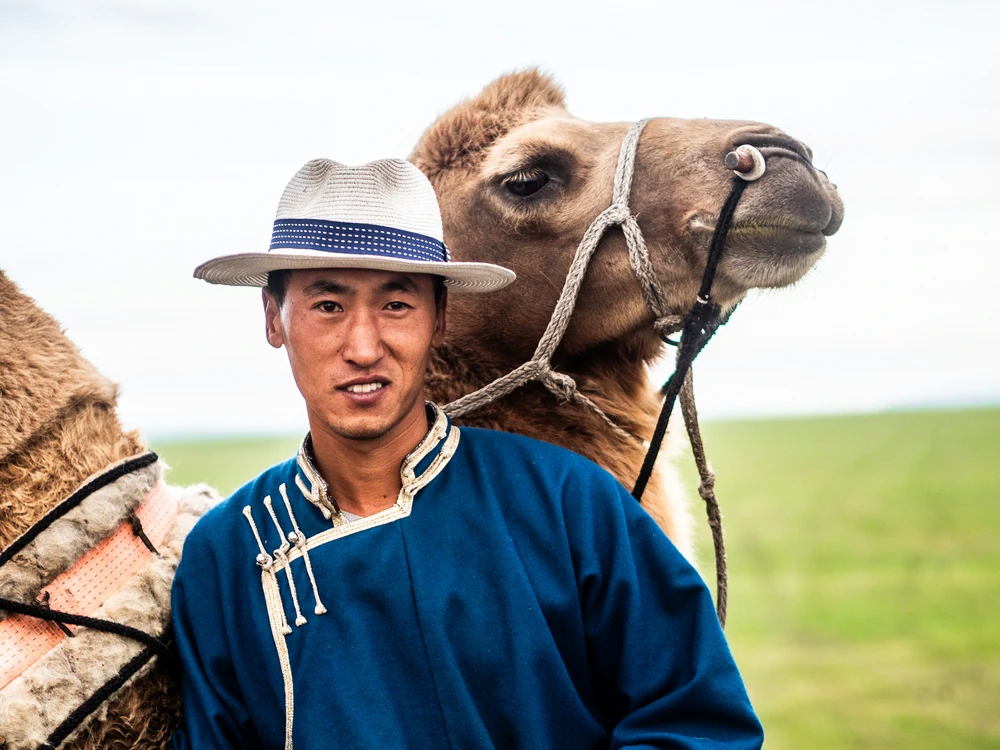
Past and Present
Mongolia exists in two worlds—the ancient and the new.
Young men ride motorcycles alongside horsemen. A man in a traditional deel checks his smartphone, receiving messages from a relative miles away in another camp.
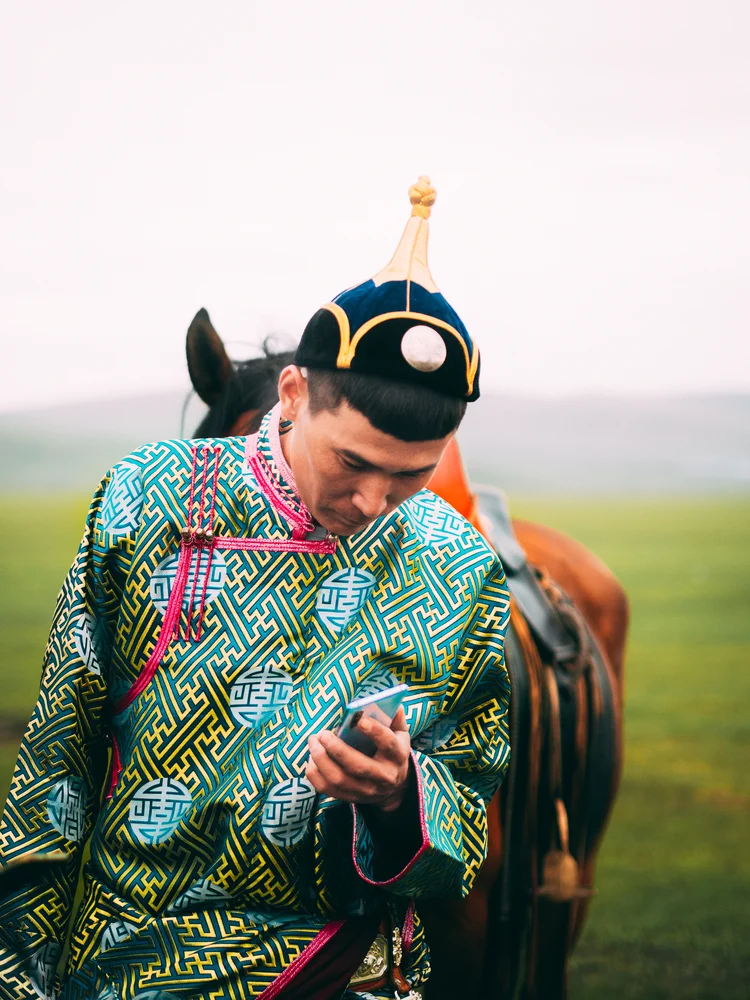
Between the ancient and the future
Between the ancient and the future
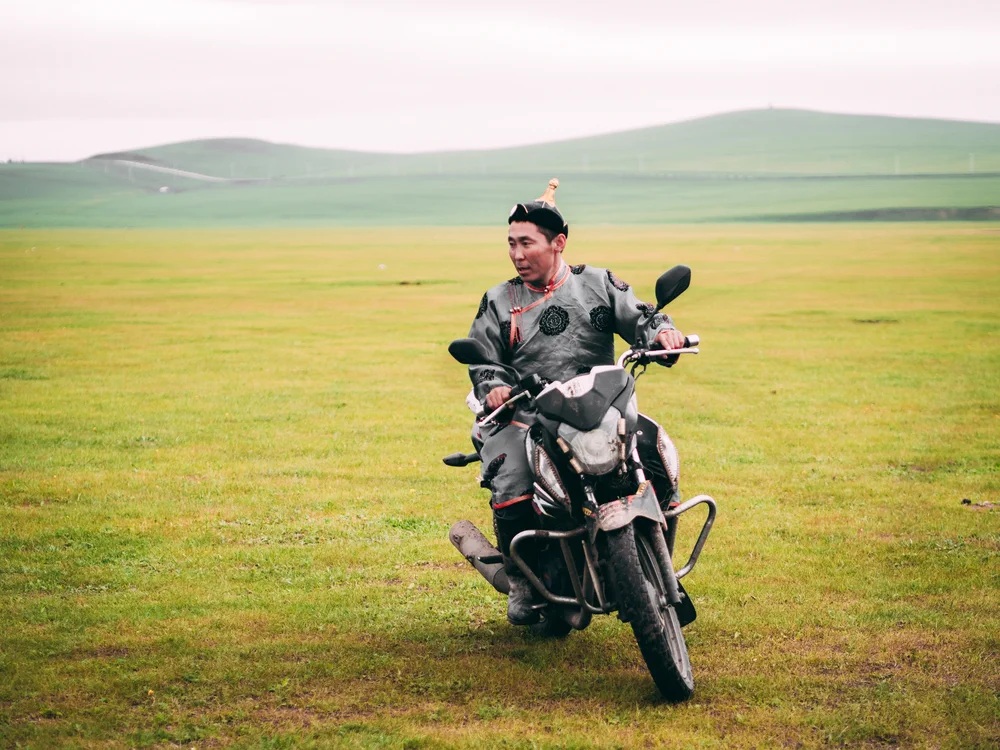
I later spoke with a Mongolian man in his 70s, wearing a thick, fur-lined hat. He had spent his entire life moving with the seasons, tending to his family’s herd.
“One day, my children will decide if they wants to stay or leave,” he told me. “The young ones go to the city. Some return. Some do not. But the land remains.”
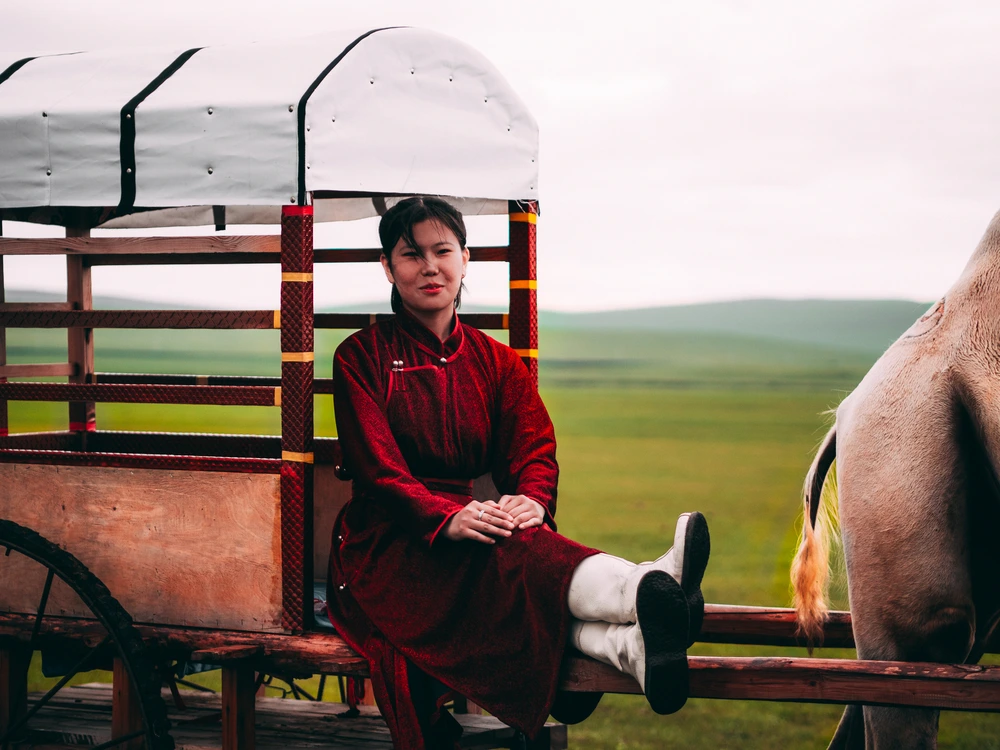
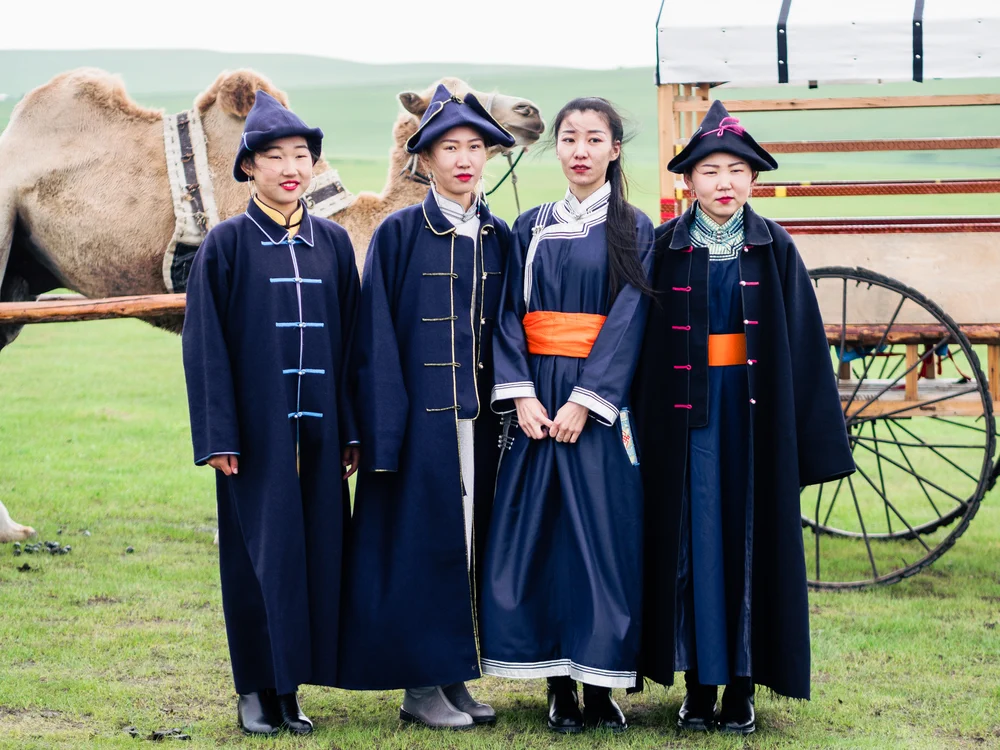
This is Mongolia—a place of resilience, beauty, and change.
Through these images, I hope to capture a land as old as time, yet constantly evolving.
